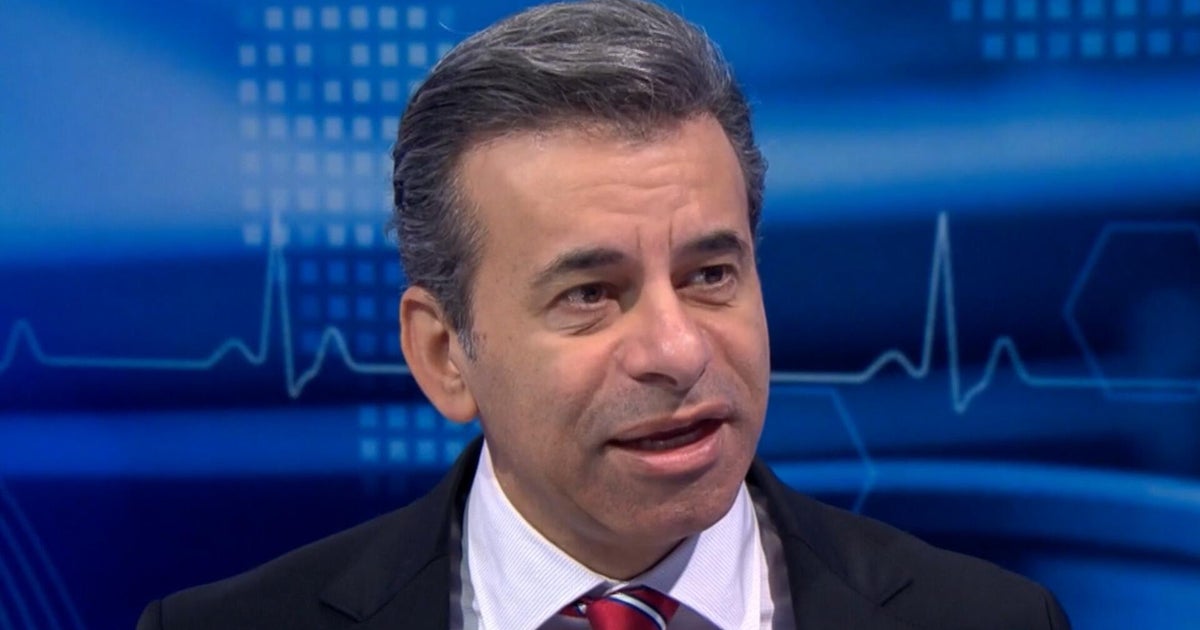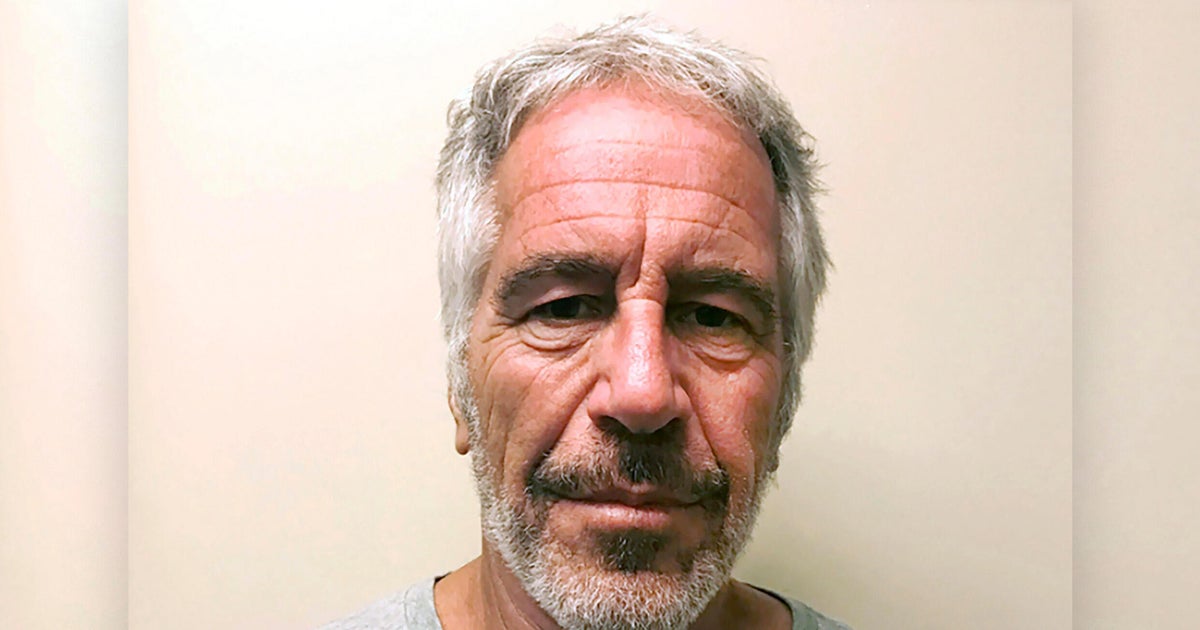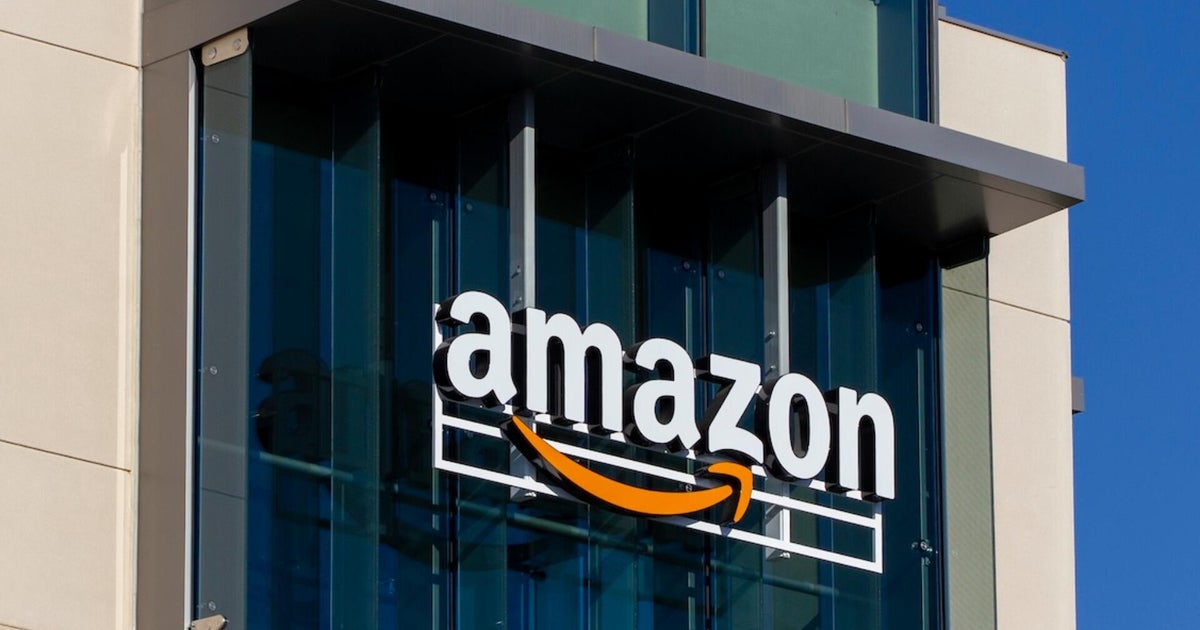Tariff Pressures on Indian‑Made iPhones Explained: Tim Cook Clarifies Impact and Future Outlook
Apple CEO Tim Cook says most US‑sold iPhones are made in India and under current exemptions, tariffs have minimal effect—industry outlook explained.
In a recent earnings call, Apple CEO Tim Cook addressed concerns over newly imposed 25% tariffs on Indian goods by the U.S. administration. He emphasized that, despite political pressures, the majority of iPhones sold in the U.S. during Q2 and Q3 of 2025 were manufactured in India—and that current smartphone exemptions shield them from direct tariff effects for now. Apple absorbed approximately $800 million in tariff-related costs in the June quarter and expects those to rise to around $1.1 billion in the September quarter, but most of this involves products still produced in China. As India has become a global production hub, Tim Cook reiterated that Apple is steadfast in its strategy to diversify manufacturing, with India and Vietnam now playing central roles in supplying U.S. markets.
Trade analysts and industry insiders confirm that manufacturing in India remains competitively cost-effective—thanks to government incentives, expanding local component sourcing, and wages far lower than in China. Even with future tariffs, Apple appears willing to absorb higher costs to maintain supply chain resilience. Experts suggest that any marginal cost increases may pass through to consumer plans rather than upfront pricing. Underlying it all is Apple’s shift toward “China Plus One” sourcing, with Indian-made iPhones projected to meet most U.S. demand by 2026. While the tariff landscape remains uncertain, Apple’s confidence in Indian production suggests minimal disruption and continued growth for U.S. iPhone consumers and Indian manufacturing partners alike.
Tim Cook Confirms India As Primary U.S. iPhone Supplier
Tim Cook reaffirmed that India remains the predominant source of iPhones sold in the United States, with shipments from India comprising the majority of U.S. units in recent quarters. This marked a strategic shift from previous dependence on China. He highlighted Apple’s move to gradually transition more assembly operations to Indian facilities.
Trump’s 25% Tariff on India—Smartphones Still Exempt
Although President Trump imposed a sweeping 25% tariff on Indian imports, Apple’s iPhones remain exempt under a U.S. Commerce Department exemption covering electronics. That exemption shields Apple from immediate cost increases on Indian-manufactured smartphones.
Tariff Costs Hit Apple, But Manufacturing Diversification Helps
Apple reported absorbing roughly $800 million in tariff expenses during the June quarter, primarily from Chinese imports. For the September quarter, Cook estimates tariff-related costs are likely to rise to $1.1 billion. Nonetheless, India-based iPhone production significantly mitigates future exposure.
Manufacturing in India Remains Cost‑Competitive Despite Tariffs
Industry analysts note that even with tariffs, building iPhones in India continues to be cost-effective. India’s wages, government incentives, and improving supply chains have narrowed the cost gap with China, making it one of Apple's central hubs for production.
Apple's “China Plus One” Strategy Gains Traction
Apple is accelerating its "China Plus One" strategy, shifting production of most U.S.-bound iPhones to India. Alongside Vietnam, this diversification helps buffer the company against geopolitical risks and tariff volatility.
Panic Buying Fueled Short‑Term Demand Surge
Cook indicated some sales growth was spurred by consumers purchasing ahead of perceived tariff impact—though he emphasized this pull-forward was modest, representing about one percentage point of global growth.
Apple Prefers Absorbing Tariff Costs Over Halting India Expansion
Despite threats from U.S. leadership to penalize India-based iPhone imports, Apple appears unwilling to curb its India investment. For now, the company is more likely to absorb added costs than limit production diversity.
India’s Role as Top U.S. Smartphone Exporter Solidified
Between April and June, India exported nearly 71% of all iPhones sold in the U.S., up sharply from prior years. This cements India's position as Apple's primary U.S. iPhone supplier.
China’s Share Diminishes as India Ramps Up Production
Apple's increased reliance on Indian facilities comes as China’s share of U.S. iPhone exports decreases. Many devices sold in other global regions continue to be sourced from China, while India dominates U.S. supply.
Section 232 Exemptions Maintain Tariff Buffer for Now
Smartphones remain exempt under Section 232 of U.S. trade rules and are excluded from reciprocal tariffs—protecting Apple’s Indian exports from immediate tariff effects.
Long-Term Outlook: India to Supply Nearly All U.S. iPhones by 2026
Apple plans to ramp up Indian production to meet most U.S. demand by 2026. Executives believe establishing manufacturing resilience through diversification outweighs short-term tariff costs.
Apple’s Financial Performance Remains Strong Despite Tariff Costs
In Q3 2025, Apple posted $94 billion in revenue—a 10% increase year-over-year—with $44.6 billion from iPhone sales alone. Tariff headwinds did not dampen profitability.
Analysts See Higher Smartphone Production in India as Strategic Win
Experts affirm that manufacturing iPhones in India is financially prudent even if tariffs increase down the road. Apple's growing infrastructure ensures competitiveness in global supply.
Risks Remain if Tariff Exemptions End
Should the U.S. Commerce Department decide to remove exemptions for smartphones, Apple may face direct tariffs on Indian-made iPhones—potentially raising costs or shifting pricing dynamics.
Disclaimer
This article is based entirely on verified statements by Tim Cook and reputable reporting from Reuters, Business Insider, WSJ, and other credible sources on Apple’s manufacturing, tariff exposure, and strategy. It contains no speculation or promotional content. Myhospy.com is not responsible for business or investment decisions made based on this information.
What's Your Reaction?
 Like
0
Like
0
 Dislike
0
Dislike
0
 Love
0
Love
0
 Funny
0
Funny
0
 Angry
0
Angry
0
 Sad
0
Sad
0
 Wow
0
Wow
0
























































